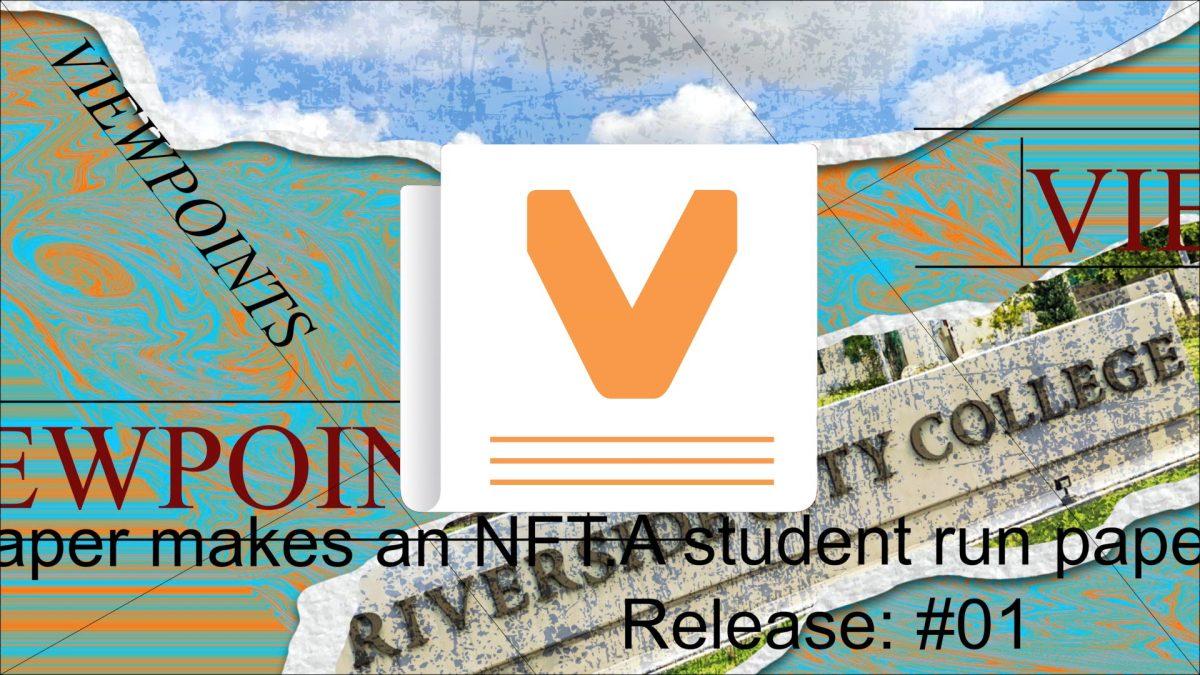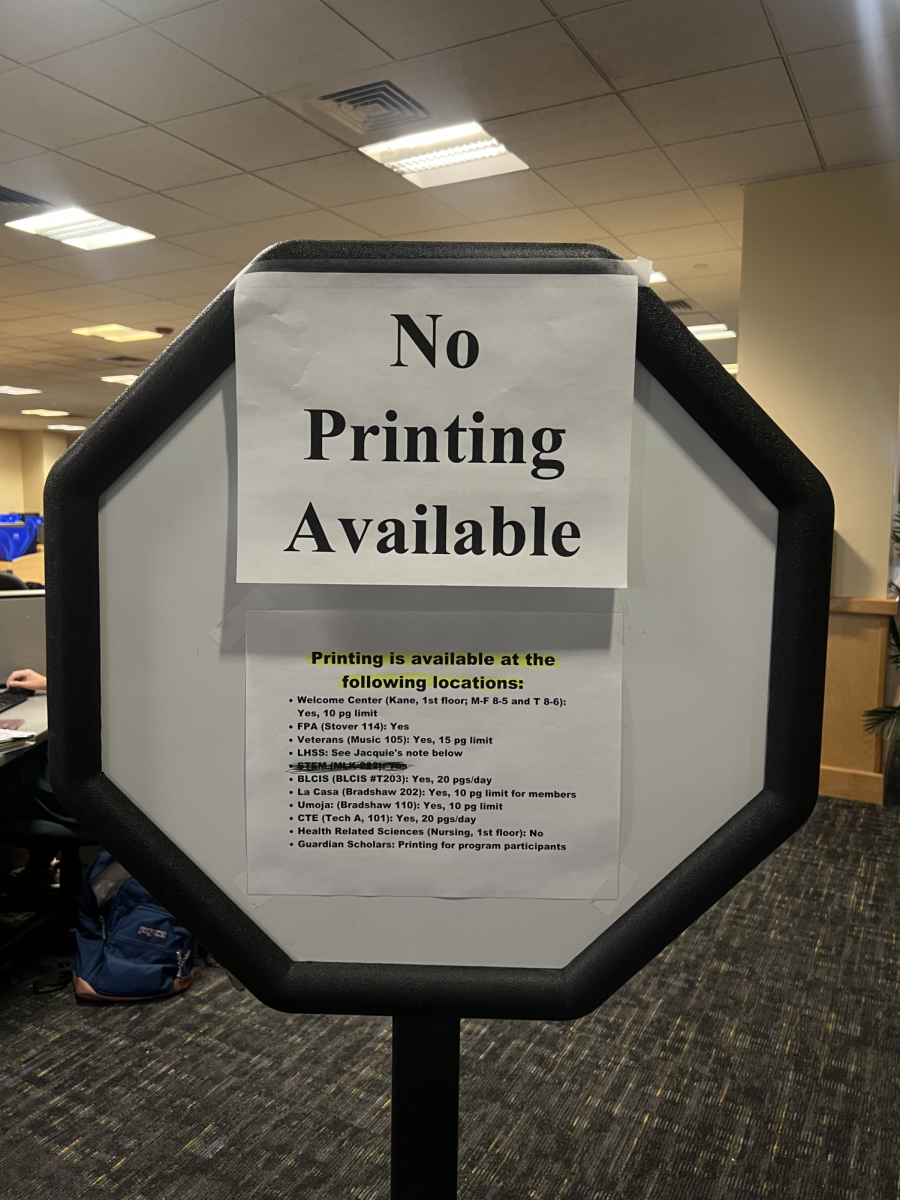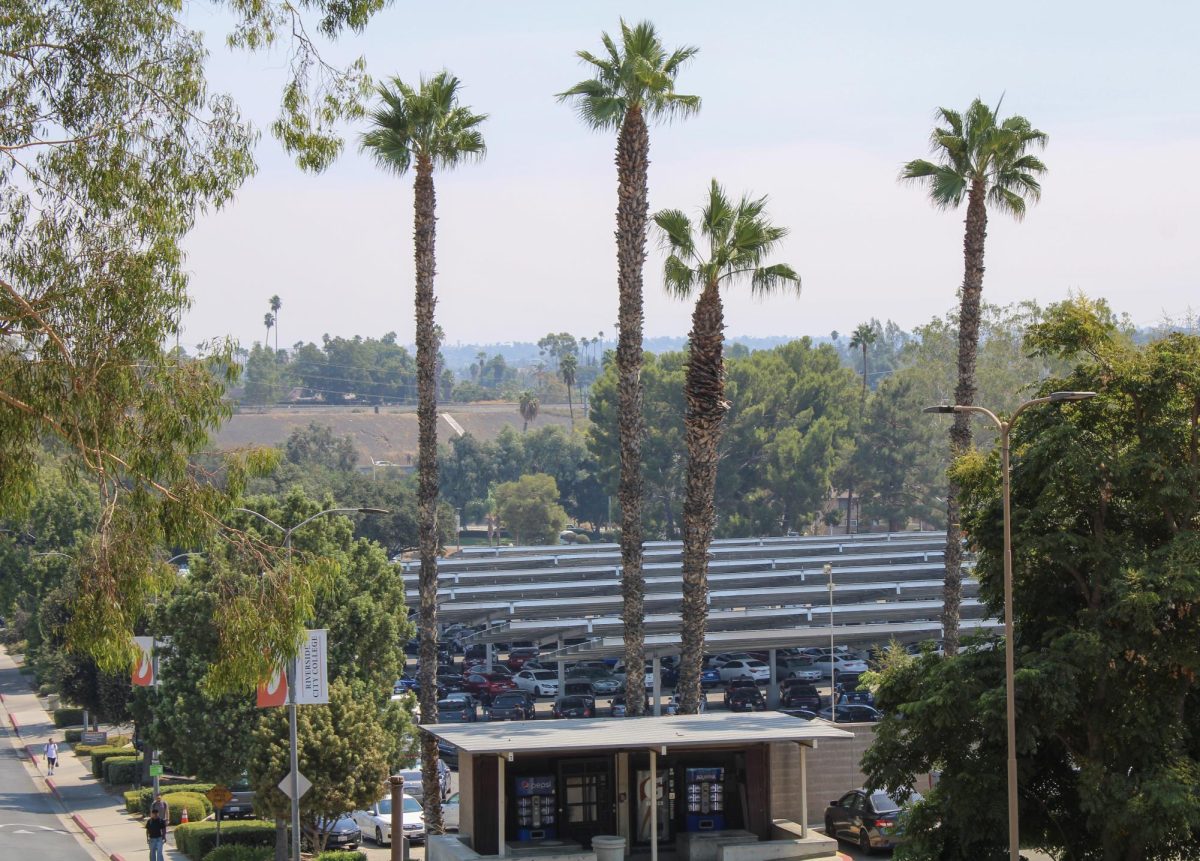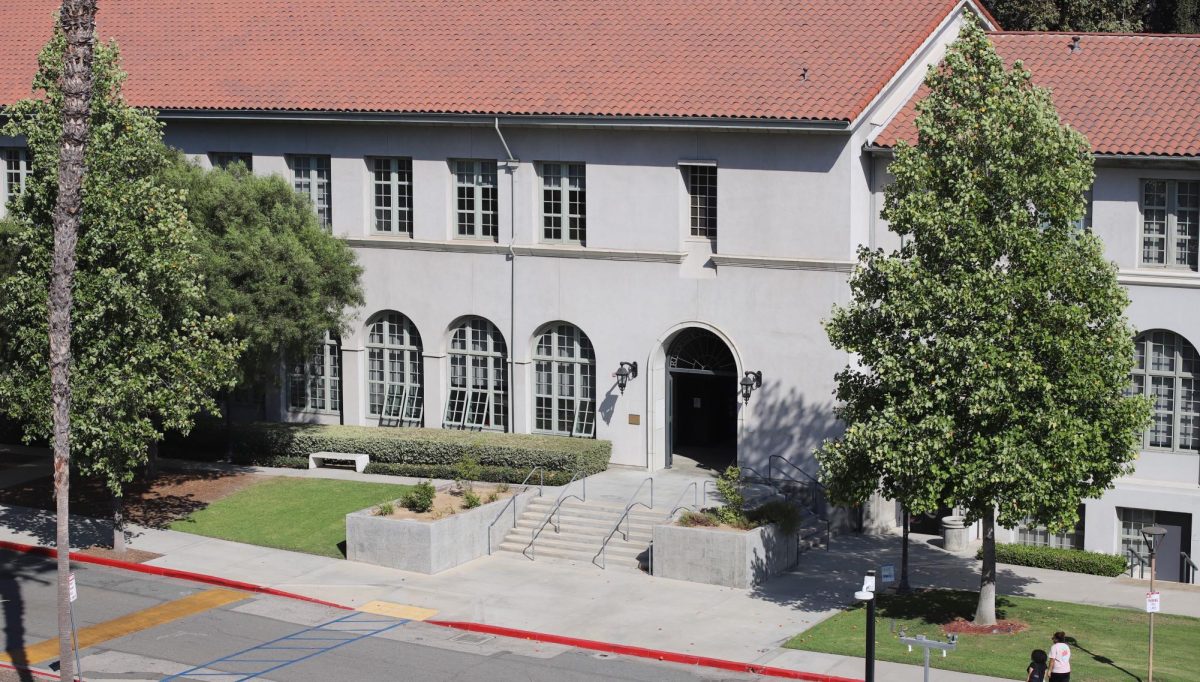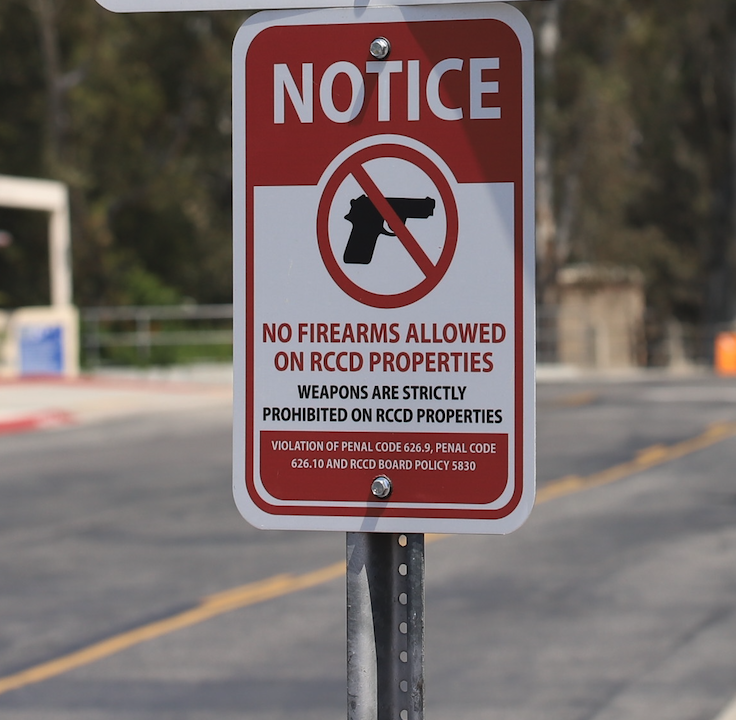TO BID ON THIS NON-FUNGIBLE TOKEN, CLICK ON THE BUTTON:
By Timothy Lewis
The art world at large is in a stirred presence after the sale of a Non-Fungible Token made by digital artist “Beeple.” for a whopping $69 million March 11.
Non-Fungible Tokens (NFTs) are currently taking the creative and crypto world by storm. Similar to the Mona Lisa or your favorite t-shirt, these digital tokens have unique properties that cannot be replicated, making them one of a kind pieces.
Digital Artist Mike Winklemann also known by the pseudonym “Beeple” started his piece “Everydays: The First 5000 Days”, a compilation of 5,000 images, in 2007. He vowed to finish a piece of digital art from start to finish everyday for the next 14 years.
The collection of images was sold for $69 million within hours being put for sale at Christie’s auction house. Beeple’s “First 5000 Days” was the first piece of digital art ever auctioned at Christie’s.
The recent purchase was just one of many NFTs that have sold for seven to eight figure sums. However, since the purchase, it has boosted the digital art phenomenon’s popularity overnight, attracting fans of art, resell culture and the average internet user simply interested in this rising new trend.
NFTs are legitimized by being linked to blockchains like Ethereum or Bitcoin. Blockchains are a digital ledger system that publicly records digital content transactions, guaranteeing the buyer that the person trying to sell an item is in fact the real owner of said item.
NFTs are currently changing the meta of how we share, create and own art. Giving artists who were once only able to gain likes and follows off of their hard work an opportunity to make an income off of what they love doing more easily than ever before.
The digital art market is booming. This year alone it has made over $250 million in profit for artists and digital creators everywhere.
Many consider this digital art trade a fad that is sure to evaporate over time due to its absurdity. People payings large sums of cryptocurrency to digitally own an intangible computer file that any person can download for free.
Very similar to the dot com boom of the mid ’90s, NFTs have great potential for changing how we interact with art for years to come. Though nearly every website can be accessed for free, the rights to the domains of these sites are extremely valuable and projected to be worth even more in the foreseeable future.
There is now a market demand for digital content more than ever. User-generated products; profile pictures, animated shorts, augmented reality art and filters These are suddenly all valuable items people are willing to pay for.
Digital art is a medium that has been around for decades but seldom gets the credit deserved as a legitimate form of art. NFTs are a step toward a greater appreciation for the most commonly consumed art form outside of film and music.
Though commissions were often used for artists to create a profit, never before has there been an option for a digital artist to have an auctionable piece that could simply be electronically sent to the owner.
Notable Japanese contemporary artist Takashi Murakami recently became the latest addition among celebrity contributors to this rising trend. He shared his first NFT piece on Instagram March 29, explaining his intentions of making digital art work as well as his inspirations in getting involved with virtual art originally
“The transformation of the reality of (the) virtual world for me occurred during this pandemic when I saw the way my children interact with ‘Animal Crossing: New Horizons,’” Murakami said in the post. “They were watching some fireworks display within the game while talking with their school friends, who they could no longer meet in person, through Zoom, admiring how beautiful it was. I saw the reality of the shifting values when I realized that these children could discern beauty within a virtual world.”
Murakami, like many of us, has seen how technology has allowed us to connect, share and create with one another across vast distances.
Knowing this, he has decided to change how he expresses himself through his work, with NFTs being the new mode of creation and distribution.

